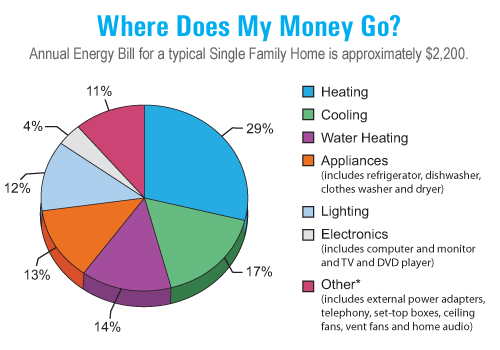Using the sun to create electricity is one of a range of renewable energy sources that we need to effectively commercialize.
IBM has been partnering with a Japanese semiconductor-equipment maker, to commercialize a solar energy technology developed by IBM scientists. Tokyo Ohka Kogyo Co. will collaborate on equipment and process designs.
In the article "IBM, Partner Develop Solar Technology", William M. Bulkeley of the Wall Street Journal (subscription required) talks about how IBM has developed new thin-film solar technology to help with make sunlight into electricity but be readily applied to windows of buildings. Today, photo-voltaic cells are thicker and more expensive (First Solar tripled revenues to $500 million last year with average price of $1.12/Watt). IBM hopes to deliver product at less than $1 per watt. and as roofing attachments, the potential application of the thin film technology is broader and more easily deployed. This technology known as "Photovoltaic solar cells" are a highly pursued idea, as a score of companies are trying to create the same sort of technology.
Applying a thin, electrical production film to tinted office building windows, and roofs could produce enough energy for lights and air-conditioning, which reduces much of the peak demands on the electrical grid.
The way I see it, this new technology has the potential to play an important role as business becomes more green and less reliant on the electrical grid to power the massive cooling machines of modern office buildings. If building owners take up the responsibility to invest in thin films over the windows to power the cooling of their buildings, they can more easily attract power-hungry tenants – large firms with big computers for example – that can appreciate the lower power costs and big windows.
I see this as a big step in the right direction towards energy self-reliance and I applaud IBM for it's new technology and hope that they can commercialize it quickly.










